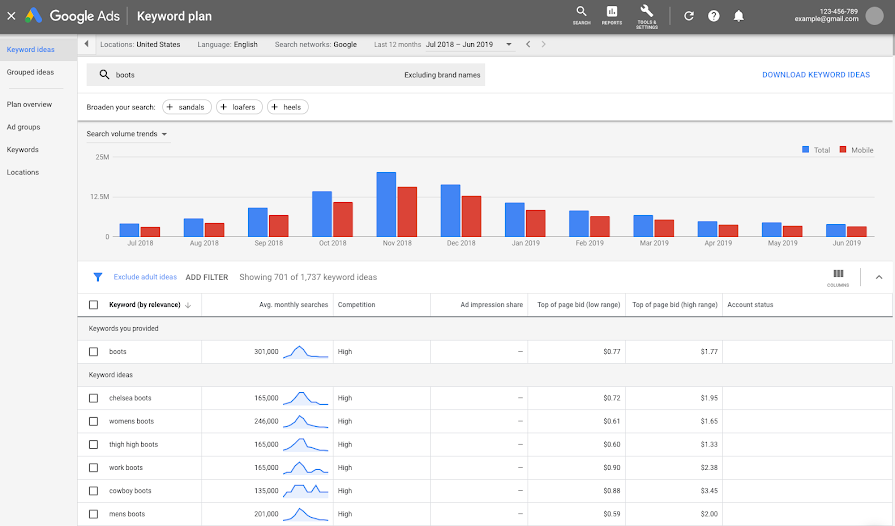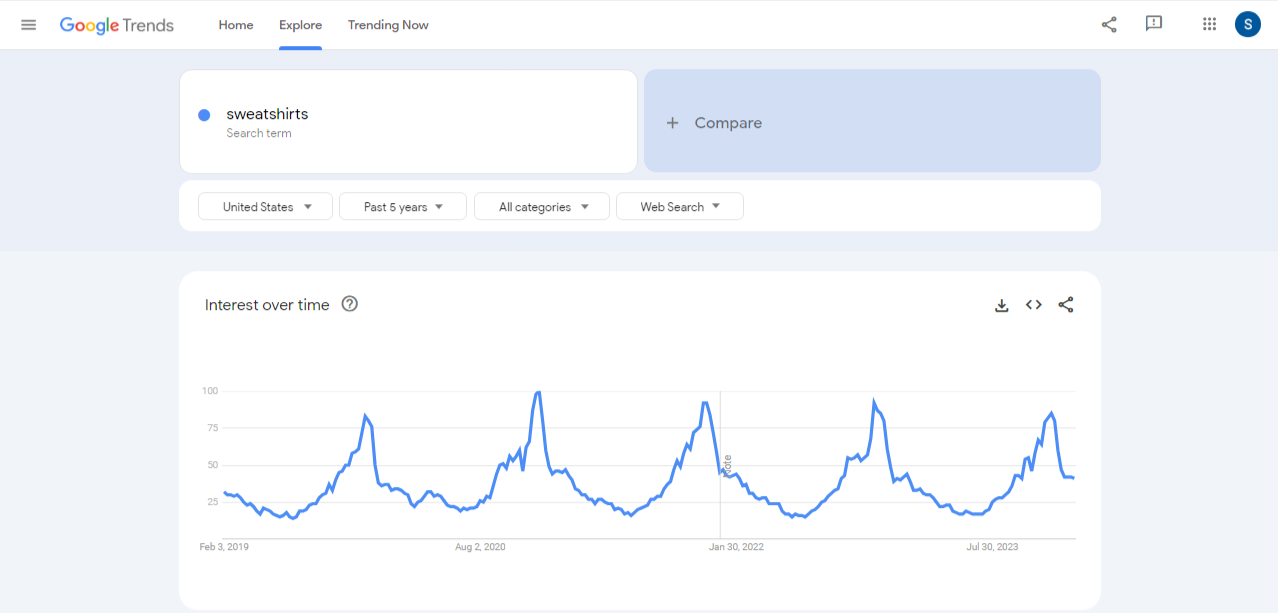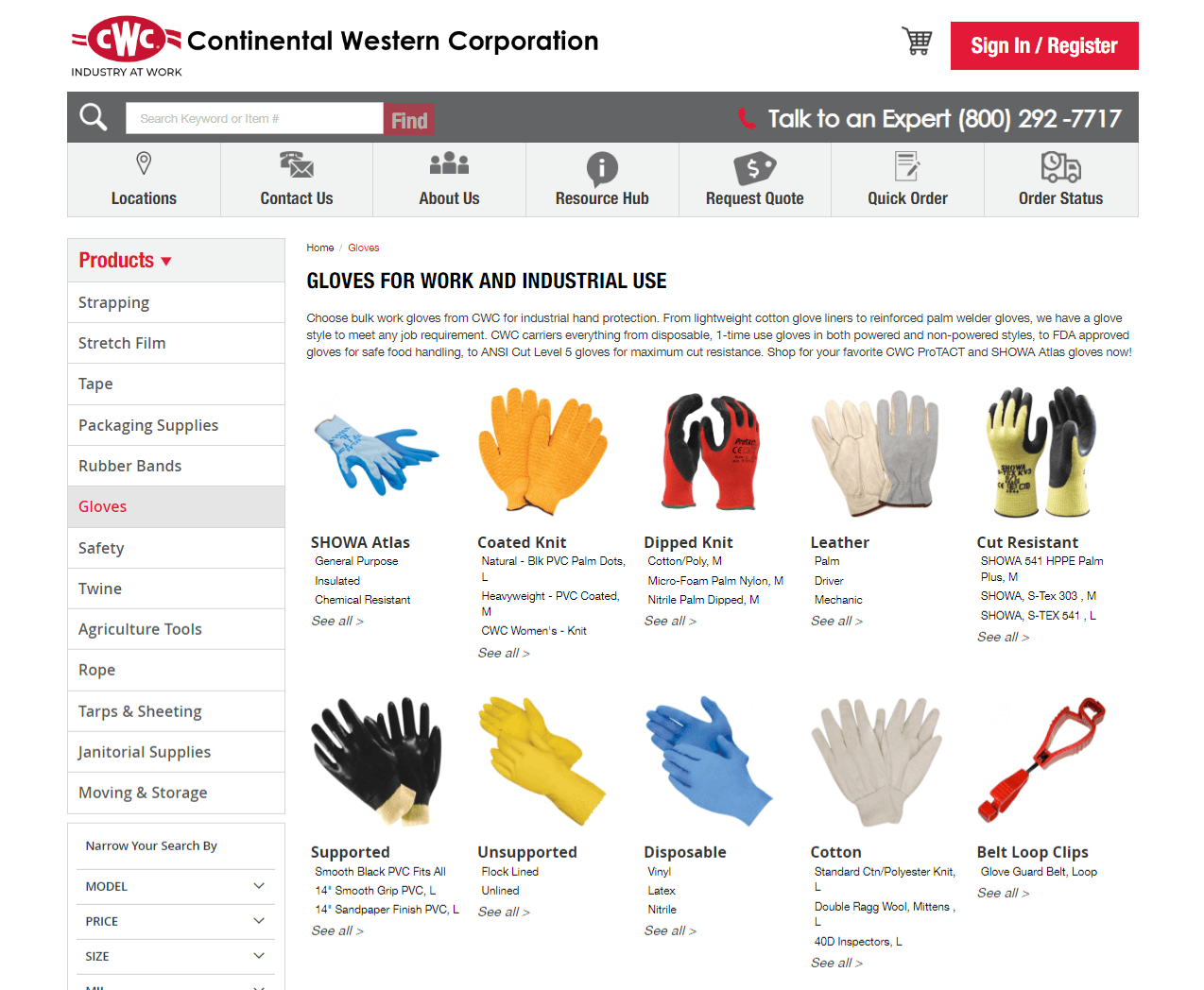
How To Do Market Research For eCommerce?
Many people want to kick start this new year by opening a business. Starting an eCommerce business is quite simple; sometimes, it is the easiest way to fulfill your dream. The process can be quite simple; you can make a Shopify site in a few hours. But gaining customers is also important. Market research is important for any business to gain customers and make it profitable. In this article, we will explore how to do market research for eCommerce.
What Is Market Research For eCommerce?
In simple words, market research collects market data such as customer behavior, profitability, demand trends, and competitive insights into a specific market niche or product. Using this data, we can invest better in product marketing, business expansion, new product launches, and other strategies.
Why is Market Research Important?
Market research may be difficult to understand. Before making any investment, we have to ensure there is a demand and people buy our product. You need to observe the demand in the market and understand whether demand helps you reach your goals or not. Below are a few points to consider
Starting The Business For The First Time: If you are starting the business for the first time, ensure that the preferred industry is good.
Obtain Reach for Existing Business: You should look for underlying trends that show the people about your product. This can help you reach more customers by offering what they want.
Willing To Create New Products: Ensure your existing customers are interested in your new launches and launch the product accordingly.
Improve Your Marketing Efforts: You can get the most out of your return on investment by doing proper market research.
What Actually Does Market Research Involve?
Always have an idea of why you are doing your market research. Here are some tips to consider while doing your market research
Know About The Tools You Have
You can do market research in many ways, including focus groups, surveys, observations, interviews, and old Google. We will focus on some specific techniques which you can use in this section.
Know About Your Target Audience
Generally, we can easily find the target audience and create the products or services they need. Considering that you need to know some more questions, like:
- What are my customers interested in?
- How much money do they have?
- What kind of media do they use?
- Where do they live?
Find Your Niche
People have a lot of options online, but they barely pay attention. Know your niche clearly so that you can focus on it effectively. If you need more clarification about your niche, work on the market research and know your niche and its specific needs.
Imagine Your Buyer As An Individual Person
While market research tends to view buyers as groups, it’s important to avoid this mindset. Instead, develop a buyer persona by imagining traits like age, gender, location, and job title. This personalized approach helps you to customize your strategies to individual needs.
Reach Out To Customers
If you are trying to gather information directly from the customers, try to interact with them and get their attention. You can email them, ask for feedback, and reach them on social media.
Prepare Your Questions
Prepare for marketing research by framing the questions you want answered. Understanding what questions to ask is important for better market research.
Examine Your Competitors
Collecting customer data is important, and at the same time, pay attention to your competitors. Successful businesses often use their strategies on thorough marketing research. Explore their websites and their product range. Compare your company with theirs and look for opportunities to address their missing needs.
Analyze The Final Results
Always write a summary report of all the information you have gathered. Once you have the information, analyze it and turn it into a well-organized final product.
Steps To Conduct Market Research For eCommerce
Market research is important to understand target demographics, competitors, and market conditions. Here are a few steps to guide you in collecting high-quality insights about the target market.
1. Conduct Keyword Research
Keyword research helps us know about the product demand you want to sell online. High search volumes indicate the customers’ interest in the product. Keyword research also helps us in our inbound marketing strategy by highlighting opportunities for generating organic traffic with SEO. You can use popular tools like Google Keyword Planner, Keyword Tool, and Uber Suggest. Some premium tools like SEMrush and Ahrefs provide us with deeper insights.

Generate Keyword Ideas: Start by typing long-tail keywords related to your business. Click on the “Having same terms” report for an elaborate list. Filter them accordingly by search intent like navigational, informational, commercial, and transactional, and analyze their business ability.
Check Google’s Top Ten Results: Look for the top websites in the list, observe and design similar content. If there are any changes and modifications to be made, you can do them.
Check How Difficult It Is To Rank On Google: Observe the domain ratings and referring domains for the top ten results. It is advised to compete with websites having similar domain ratings for the best results.
Analyze Topical Relevance: Compare your website in every aspect with the top ten results. Doing so lets us know how tough it is to rank for that specific keyword on Google search.
Reverse-engineer The Competitor’s Content: Using the Ahrefs site, enter a competitor’s domain and click on the top pages report. Observe the keywords and the domains referring to them.
The main goal of keyword research is to find the topics people seek. It is not only about the search volume. Create informational content with the keywords you found and soft-pitch them. Ensure that your keywords and content generate more sales than just traffic.
2. Competitor Analysis
Study your market by examining your main competitors and paying close attention to their strategies. Remember, in eCommerce market research, it’s essential to analyze other online businesses and those outside eCommerce. Make sure that there is no direct competitor for better penetration into the market.
Take LARQ as an example; they sell water bottles online. However, they compete with other online stores, general online marketplaces, and specialized niche stores.
Observe the following aspects after knowing your list of competitors.
Business Model: Know their product sourcing, dropshipping, or maintaining inventory, Whether they are using 3PL services or not, marketing strategy, pricing strategy, and return policy. Note down all the aspects and improve your business accordingly.
Sales Funnel: How do they draw potential customers to their site, utilizing strategies like content marketing, paid advertising, and SEO? Once visitors are on their site, how do they convert them into paying customers? Do they employ upselling, cross-selling, or down-selling techniques? Additionally, do they have automated processes like sending abandoned cart emails? A comprehensive examination of their entire sales funnel can provide insights into the setup and effectiveness of their approach.
Website: Know about their website speed, which eCommerce platform they are using, whether their website looks professional or not, the number of steps and forms to be filled during checkout, and the overall experience of the website.
Remember that bigger companies like Amazon, Google, and Facebook were once startups. You can also make space for yourself in the industry. Good market research can help small businesses to compete against bigger companies.
3. Research Current Trends

Look for the latest customer trends while doing product research for eCommerce. Google Trends can come in handy for this task. While doing online product research, know whether the product is seasonal or remains the same throughout the year. You can type your relevant keyword in Google Trends and know when the sales are higher. Be cautious when a trend experiences a rapid increase, as it might be for only a short period. While taking advantage of popular trends is fine, avoid building your entire business solely around them. Ensure that your business has a stable foundation for long-term success.
4. Make Use of Social Media
Use social media to know customer insights. It is the place where the majority of the people share their complaints, aspirations, wishes, and preferences. You must focus more on the following aspects while doing your online business research.
Following Influencers In Your Niche: Analyze their conversations, opinions, and past collaborations with the brands.
Keep Track Of Relevant Hashtags: Provide relevant hashtags for the products and monitor them regularly.
Analyse Competitor Reviews: By observing the reviews of the competitor, we can know what people are talking about the competitor’s products or services. By doing so, we can know the strengths and weaknesses of the customer and make changes accordingly. We can use text analysis to extract the quality of the reviews, posts, and other textual data that customers post.
5. Build An eCommerce Store And Test Your Business.
Once we have the required information, we need to test the business by launching the website and letting the users know about it. Here are a few steps to do it.
Choose An eCommerce Platform: Popular options include BigCommerce, Shopify, WooCommerce, Magento, etc. Research and choose a platform that suits your requirements.
Set Up Your eCommerce Website: You must organize web design, make a copy, and develop product pages. You can do these tasks independently or hire a professional to do this process.

Drive Traffic To Your eCommerce Store: While SEO, content marketing, and social media are effective long-term strategies, they require time to yield results. If you aim to showcase your products to target customers quickly, your optimal approach is performance marketing. This method allows for quick visibility and engagement with your audience.
6. Use Forums
Use niche online forums to know your customer preferences. To get the best results,
- know which online forums are popularly used in your niche.
- Subscribe to those and monitor them regularly.
- Engage in discussions to enhance your credibility.
- Ask questions to understand your customers.
7. Ask Customers To Provide Feedback.
You can implement it with the following steps.
- Use Typeform or Survey Monkey to send online market surveys to your regular customers.
- Conduct interviews with your loyal customers to gather valuable insights.
- Send automated emails to your customers and ask them to write feedback. Doing so lets us simultaneously generate the customer’s feedback and reviews for our products.
Give extra consideration to unsolicited customer feedback, even if it’s negative. Acknowledging and addressing such feedback can provide valuable insights and improve customer experience.
Conclusion
Market research, traditionally associated with large corporations, is increasingly becoming crucial for emerging eCommerce businesses. While great market research may not yield immediate results, its value becomes evident as your business expands, providing insights and contributing to long-term success. If you are a startup or an existing business looking for eCommerce website development, we can help! At Ayatas Technologies, we have over 15 years of experience in eCommerce development. For more information, contact us at (916)836-8099 for a free estimate.



